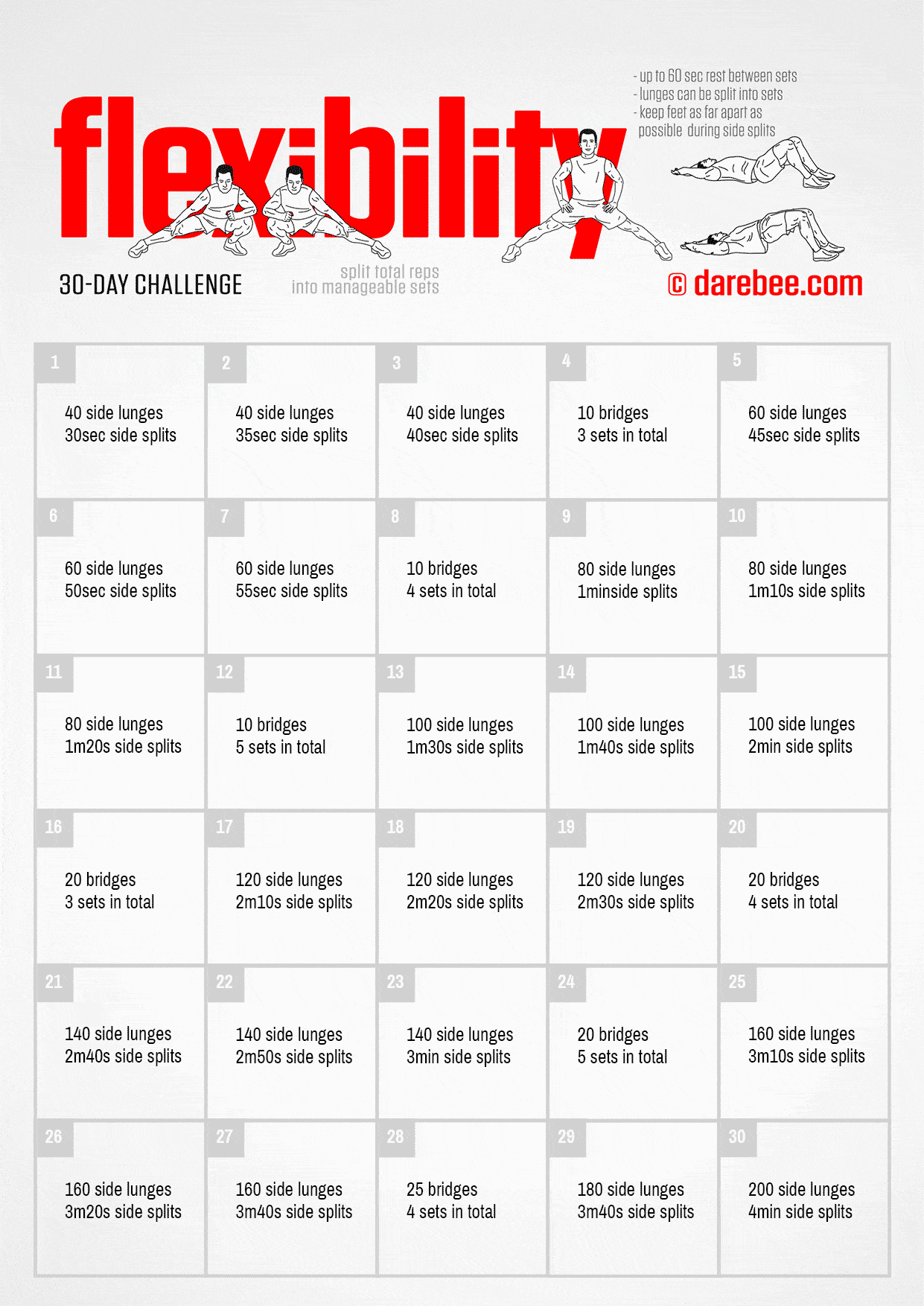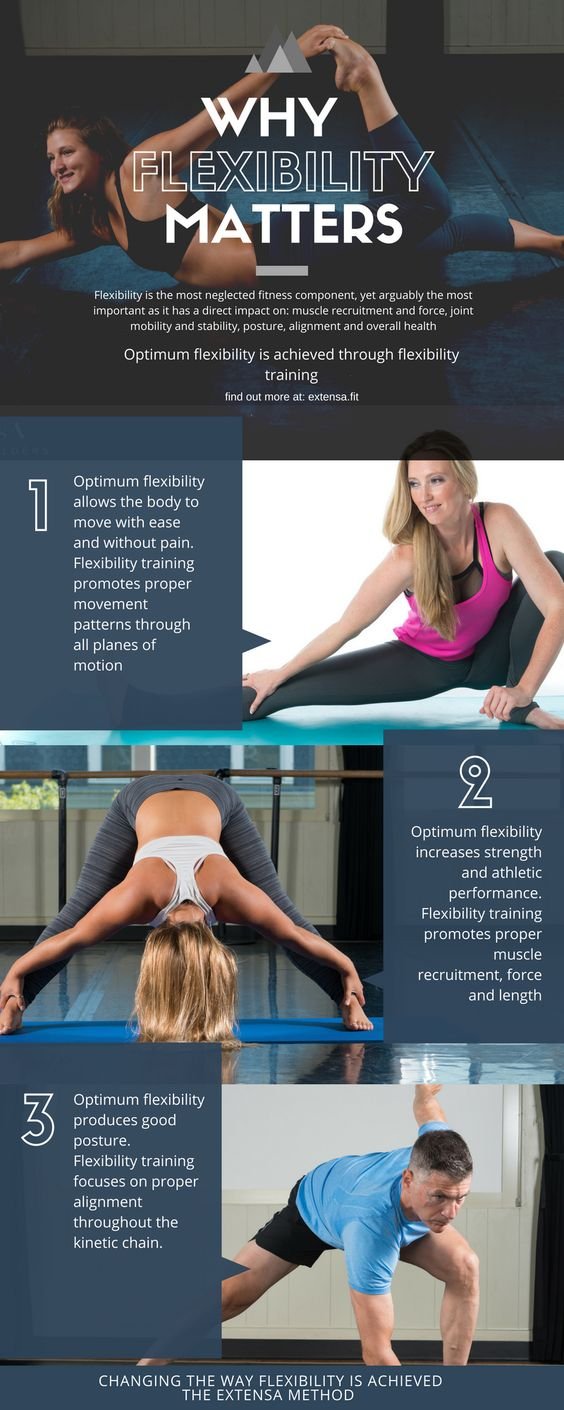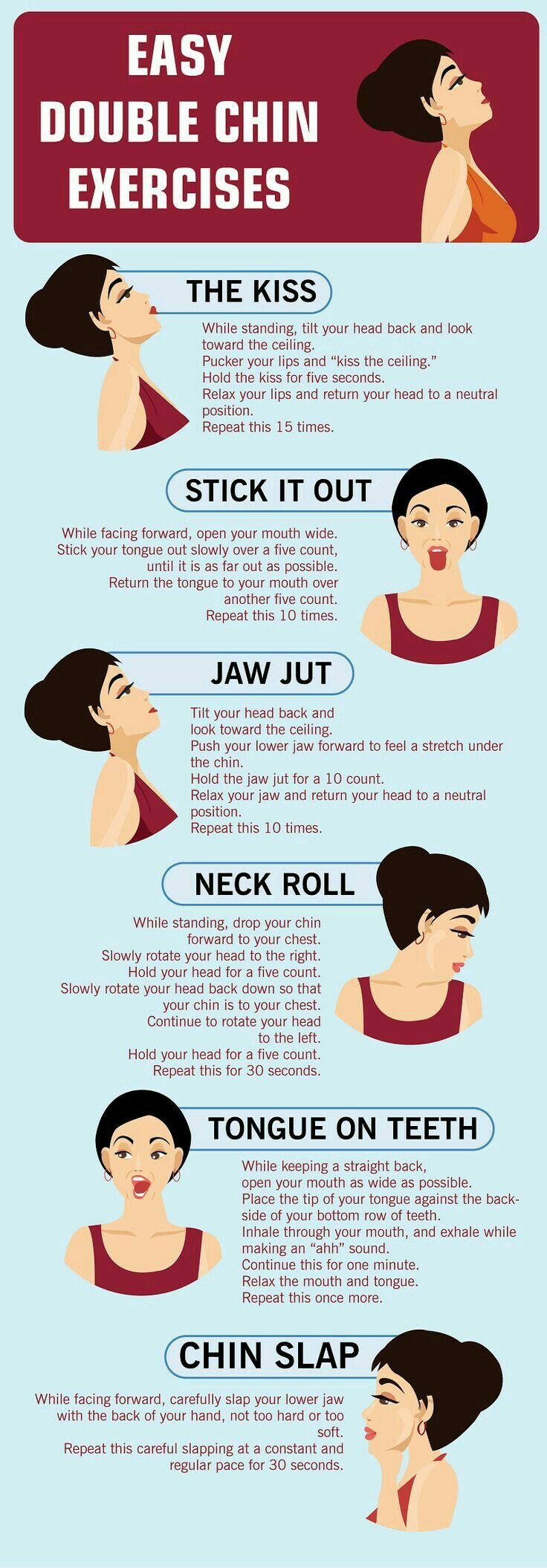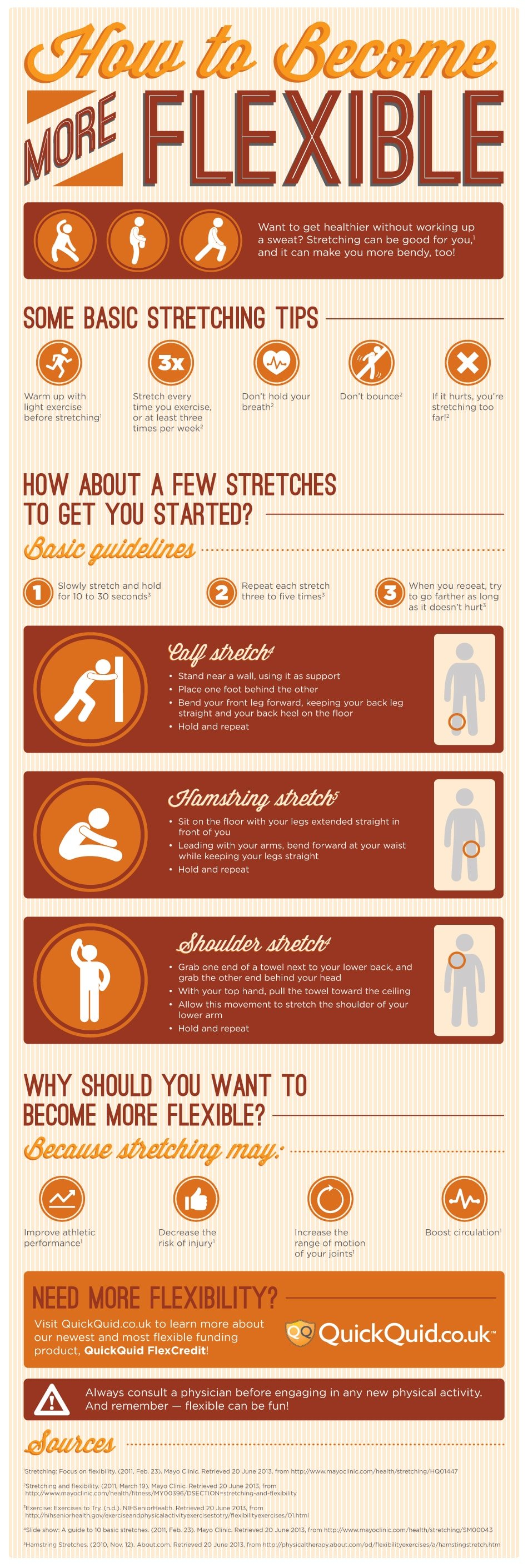Flexibility Training – Don’t Underestimate Its Value! It’s likely when you think about the concept of stretching, you think about things like hamstring, back and other similar stretches. Although those parts of the body benefit from stretching, there are other areas that need to stretch in addition to those tight and tense muscles.
One form of focused stretching concentrates on an area of your body you may not have heard of before – the fascia. Fascial stretching, also known as flexibility training by some people, is a new form of stretching that is becoming more and more popular these days. If you’ve never heard of it before or have poo-poo’d it in the past as being a fad that will quickly die away as quickly as it appeared, think again.
Fascial training, we think, is here to stay and could be the extra element you need to improve your overall fitness and physical performance.
What is it?
The fascia is the fibrous connective tissues that wraps around nerves, organs, ligaments, tendons, bones, muscles and just about anything else and supports it. Fascia training or stretching, when done correctly, can give you a deeper rejuvenated and relaxed feeling that you won’t experience with any other form. Ann Fredrick was the first to develop what is called fascial stretch therapy and was used to help Olympians and has the goal of improving all aspects of performance and recovery of athletes.
That doesn’t mean it’s only suitable for athletes though. If you ever put yourself through strenuous workouts and are always feeling sore, you could find fascial or flexibility training classes helpful.
Fascial training works by moving the affected joint along with the tissues surrounding it to help the muscles and fascia both relax at the exact same time. Although you will feel a noticeable difference after one session or class of this kind of flexibility training, you are obviously going to benefit from a series of classes. To help show you the importance of this type of training and why you shouldn’t underestimate its value, we’ve outlined briefly some of the major benefits you can expect from it.
Less or No Pain
Stretching and massage therapies that are focused on breaking up scar tissue or rehabbing you from an injury are normally very painful. However, fascial stretching is nice and gentle, and it’s said by most experts that you shouldn’t feel pain. The most you are likely to feel is some mild pressure.
Faster Recovery
As well as less pain and soreness, fascial stretching helps to improve the flow of blood to your tired muscles. This helps you to recover much faster from those intensive training sessions, suffering from less pain in the process. If you want some celebrity endorsement – legendary basketballer Charles Barkley is said to be a big fan and there is even a video showing how he uses fascial stretching to get himself back into action.
Better Performance
Although there is a lot of hard science about the effectiveness of fascial stretching, and how it can help have better flexibility, coordination, endurance and help you lift heavier and run faster; the fact that it’s used by active professional athletes is a good indication of how effective it can be. The Denver Broncos, for instance, had fascial stretching as part of their workouts and in the same year they started, they won the Super Bowl.
Rehab from Injury
It can be a powerful tool for rehabbing from injury with. It helps to break scar tissue up and enhances the range of motion you have in the injured parts of your body. As noted earlier, traditional massage and stretching used in rehab often involves a lot of pain. Fascial training doesn’t.
Losing Weight
Although you should not think of getting into fascial training to lose weight, it is one of the piggyback effects of this stretching. As a result of feeling better, moving without the feeling of constant agonising pain, you will undoubtedly want to and feel motivated to move more and that extra exercise and drive to exercise will help you to lose weight.
So, the next time you think about skipping stretching, think about what we’ve outlined in this post. You may also want to, if you are prone to suffering badly from pain and discomfort after working out or participating in your favourite sports of physical activities, you should consider fascial training. As we’ve discussed above, there are a wide range of benefits from this important form of stretching and flexibility training.
Related Videos about Flexibility Training :
The Five-Minute Full Body Stretch
Total Body Stretch – Flexibility Exercises for the Entire Body
10 Minute Flexibility Training Workout
Facial Fitness
Facial Exercises | Lips and Mouth Tutorial
Related Infographics about Flexibility Training :




Flexibility Training – Don’t Underestimate Its Value!
flexibility training program, flexibility training definition, flexibility training methods, flexibility training examples, flexibility training for dancers, flexibility training for beginners, flexibility training benefits, flexibility training near me,




